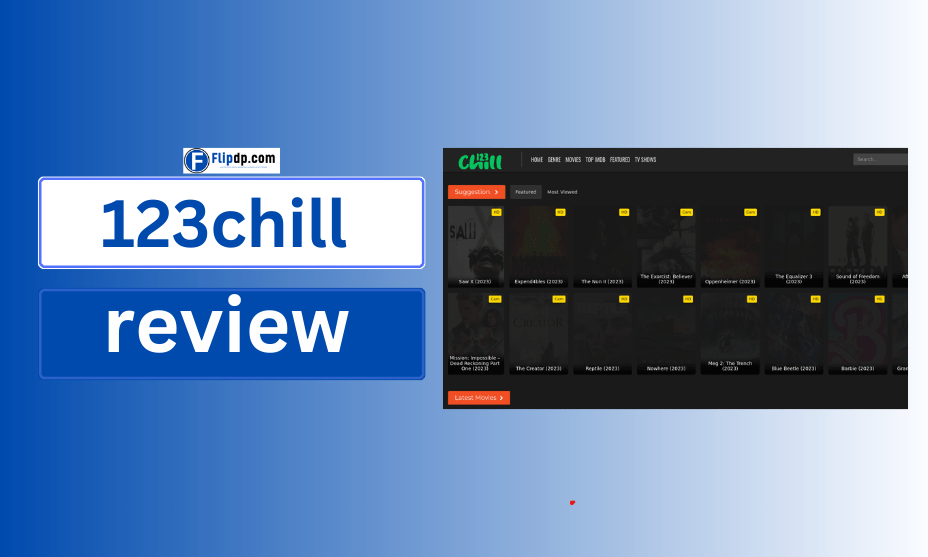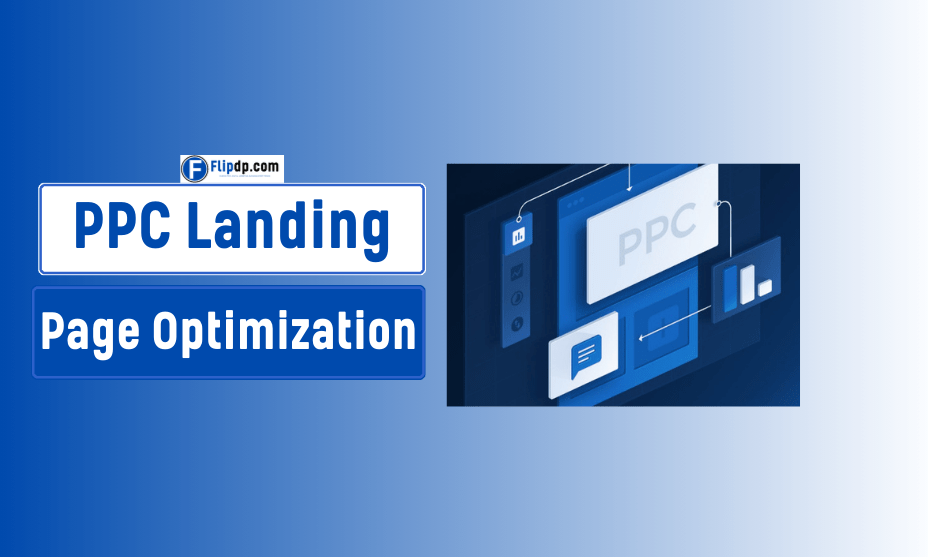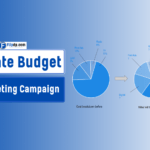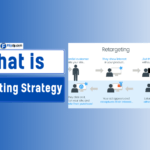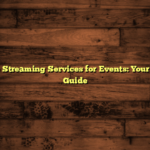Introduction to PPC Landing Page Optimization
In the competitive landscape of online marketing, Pay-Per-Click (PPC) advertising stands out as one of the most effective methods to drive traffic and generate leads. However, merely driving traffic through PPC campaigns is not enough; you must optimize your landing pages to convert those visitors into customers. PPC landing page optimization is crucial in ensuring that your marketing efforts yield maximum returns. This article delves into ten proven strategies for optimizing PPC landing pages, ensuring you create high-converting, user-friendly experiences that align with your advertising goals.
Why Landing Page Optimization Matters for PPC Success

A well-optimized landing page can significantly enhance the effectiveness of your PPC campaigns. Here are a few reasons why landing page optimization is essential for PPC success:
- Improved Quality Scores: Search engines like Google use Quality Scores to determine the relevance and quality of your PPC ads and landing pages. Higher Quality Scores can lead to lower costs per click and better ad placements.
- Increased Conversion Rates: Optimized landing pages are designed to guide visitors through the sales funnel, ultimately leading to higher conversion rates. A high-converting landing page can turn clicks into customers more effectively.
- Better User Experience: Landing page optimization enhances the overall user experience, making it easier for visitors to find the information they need and take the desired action.
- Higher Return on Investment (ROI): When your landing pages are optimized, you can maximize the effectiveness of your PPC campaigns, leading to a higher ROI on your advertising spend.
Understanding PPC: A Quick Overview
Pay-Per-Click advertising involves placing ads on search engines or social media platforms, where advertisers only pay when a user clicks on their ad. PPC campaigns can be an excellent way to generate traffic quickly, but they require careful management and optimization to achieve desired results. Here’s a quick overview of how PPC works:
- Keyword Selection: Advertisers choose specific keywords that potential customers might use when searching for their products or services.
- Ad Creation: Once the keywords are selected, advertisers create compelling ads designed to attract clicks.
- Bidding Strategy: Advertisers bid on the keywords they want to target, with the highest bidders often gaining top ad placements.
- Landing Page: When users click on the ad, they are directed to a landing page, which should be relevant to the ad and designed to encourage conversions.
Key Elements of a High-Converting PPC Landing Page
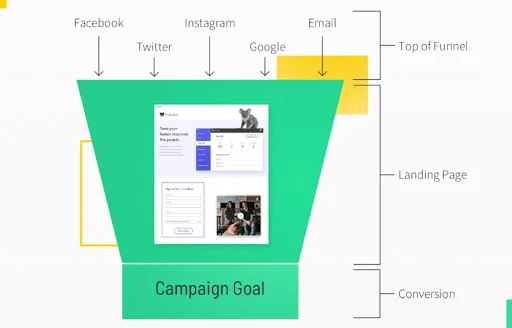
To optimize your PPC landing pages effectively, it’s essential to understand the key elements that contribute to high conversion rates. Here are some of the critical components:
- Clear and Compelling Headlines: The headline should grab attention and clearly communicate the value proposition.
- Strong Calls-to-Action (CTAs): Effective CTAs guide users toward the desired action, whether signing up, making a purchase, or downloading a resource.
- User-Friendly Design: A clean and intuitive design helps users navigate the page and reduces bounce rates.
- Relevant Content: The content should be directly related to the ad and address the needs and pain points of your target audience.
- Trust Signals: Including elements like testimonials, reviews, and security badges can help build trust with visitors.
Strategy 1: Crafting Compelling Headlines for PPC Landing Pages

Your headline is the first thing visitors see when they land on your page. It plays a crucial role in grabbing attention and enticing users to read more. To craft compelling headlines:
- Be Specific: Use clear and concise language that directly conveys the benefits of your offer. Instead of “Save Money,” use “Save 30% on Your First Purchase.”
- Incorporate Keywords: Including relevant keywords in your headlines can improve SEO and make it clear that your offer matches what users are searching for.
- Create a Sense of Urgency: Phrases like “Limited Time Offer” or “Only a Few Spots Left” can encourage users to take immediate action.
Example
A landing page for a fitness program might use a headline like, “Transform Your Body in Just 30 Days – Join Now for Exclusive Access!” This headline is specific, incorporates urgency, and clearly states the benefit of the offer.
Strategy 2: Using Strong Calls-to-Action (CTAs) Effectively
A strong CTA is vital for guiding visitors toward the desired action. Here are some tips for creating effective CTAs:
- Use Action-Oriented Language: Phrases like “Get Started,” “Download Now,” or “Sign Up Today” encourage users to take action.
- Make It Stand Out: Use contrasting colors, larger fonts, or buttons to ensure your CTAs are visually prominent on the page.
- Position Strategically: Place CTAs in multiple locations throughout the landing page to maximize visibility. Consider placing them above the fold and at the end of the content.
Example
Instead of a generic “Click Here” button, use a CTA like “Get My Free eBook Now!” This specifies the action and the benefit the user will receive.
Strategy 3: Streamlining the Design for Better User Experience
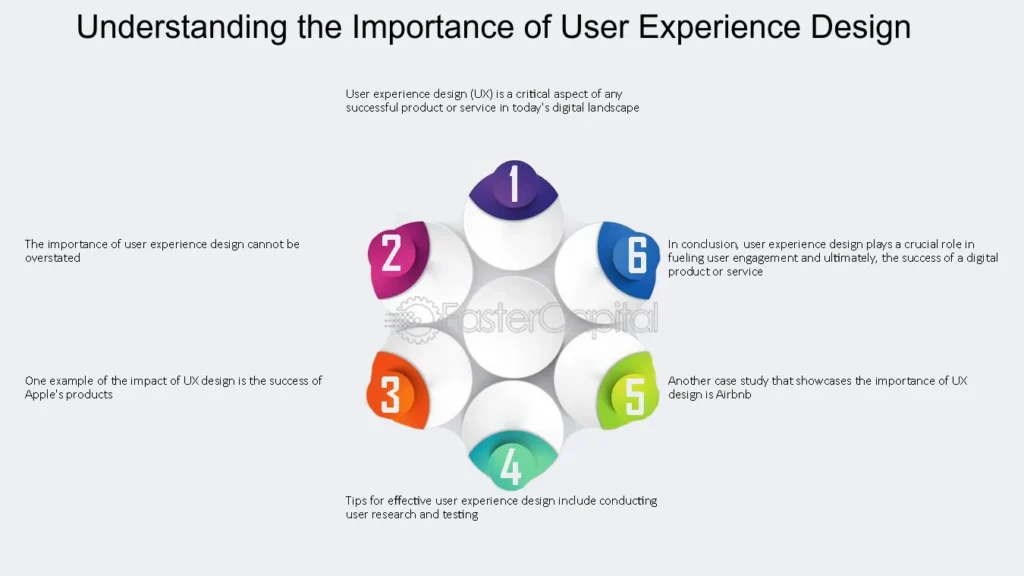
A streamlined design is crucial for maintaining user interest and encouraging conversions. To enhance your landing page design:
- Keep It Simple: Avoid clutter by using ample white space and limiting the number of elements on the page. A clean design allows users to focus on the key information.
- Organize Content Logically: Use headings and bullet points to break up text and guide users through the page.
- Use a Responsive Design: Ensure that your landing page is mobile-friendly, as a significant portion of users will access it from mobile devices.
Example
Instead of cramming multiple offers onto one page, focus on a single offer with clear visuals and concise text. This approach helps visitors understand what you want them to do.
Strategy 4: Enhancing Page Load Speed for Higher Conversions
Page load speed is a critical factor in user experience and conversion rates. A slow-loading page can lead to high bounce rates and lost opportunities. To improve load speed:
- Optimize Images: Compress images to reduce their size without sacrificing quality.
- Minimize HTTP Requests: Reduce the number of elements on the page that require separate requests, such as scripts and stylesheets.
- Use a Content Delivery Network (CDN): CDNs can distribute content across various servers worldwide, improving load times for users.
Example
Research shows that a one-second delay in page load time can result in a 7% reduction in conversions. Prioritizing load speed can significantly impact your overall PPC campaign success.
Strategy 5: Implementing A/B Testing to Optimize Performance
A/B testing, or split testing, is a powerful method for optimizing PPC landing pages. By testing different variations of your page, you can identify which elements drive the highest conversions. Here’s how to implement A/B testing effectively:
- Choose One Element to Test: Focus on a single element, such as headlines, CTAs, or images, to isolate its impact on conversions.
- Run Tests Simultaneously: Ensure that both versions are live at the same time to eliminate variables related to time of day or audience.
- Analyze Results: Use analytics tools to measure which version performed better based on conversion rates, bounce rates, and other relevant metrics.
Example
If you’re testing two different headlines, you might find that “Join Our Exclusive Webinar” outperforms “Sign Up for Our Webinar.” This insight can inform future campaigns.
Strategy 6: Utilizing High-Quality Images and Videos
Visual content plays a vital role in capturing attention and conveying your message. To optimize your use of images and videos:
- Use Relevant Visuals: Ensure that images and videos relate to your offer and resonate with your target audience.
- Incorporate Video Content: Videos can effectively explain your product or service, and they often lead to higher engagement and conversion rates.
- Maintain Quality: Use high-resolution images and professionally produced videos to enhance credibility and appeal.
Example
A landing page for a software product could include a video demonstration showing how the product works, accompanied by screenshots highlighting its features.
Strategy 7: Ensuring Mobile Responsiveness for All Devices
With an increasing number of users accessing websites on mobile devices, ensuring your landing page is mobile-responsive is crucial. Here are some tips to achieve this:
- Test on Multiple Devices: Regularly test your landing page on various devices and screen sizes to ensure a consistent experience.
- Simplify Navigation: Mobile users benefit from simplified navigation and easy-to-tap buttons to enhance usability.
- Use Responsive Design Techniques: Employ responsive design frameworks or tools to automatically adjust the layout based on the device being used.
Example
A landing page that automatically adjusts its layout for smartphones and tablets provides a seamless experience, leading to higher engagement and conversions.
Strategy 8: Creating Persuasive and Relevant Content
The content on your landing page should be persuasive and directly relevant to the user’s needs. To optimize your content:
- Focus on Benefits, Not Features: Highlight how your product or service solves problems or meets the needs of your audience.
- Use Clear and Concise Language: Avoid jargon and technical terms that might confuse users. Simple language enhances comprehension.
- Address Pain Points: Identify common challenges faced by your audience and explain how your offering provides a solution.
Example
Instead of simply listing product features, describe how those features improve the user’s experience, such as “Our software saves you 10 hours a week, allowing you to focus on what matters most.”
Strategy 9: Utilizing Social Proof to Build Trust
Social proof, such as testimonials, reviews, and user-generated content, can significantly impact conversion rates. To effectively utilize social proof:
- Include Testimonials: Showcase positive feedback from satisfied customers prominently on your landing page. Authentic testimonials can reassure potential buyers that others have successfully used your product or service.
- Display Ratings and Reviews: If your product or service has been reviewed on external sites, display these ratings on your landing page. This adds credibility and helps users feel more confident in their decision.
- Highlight User-Generated Content: Encourage customers to share their experiences on social media and feature this content on your landing page. User-generated content can create a sense of community and authenticity that resonates with potential customers.
Example
A beauty product landing page might include a section with photos and testimonials from real customers, showcasing their results and praising the product. This can create a sense of trust and reliability, encouraging new visitors to make a purchase.
Strategy 10: Analyzing and Adjusting Based on Performance Metrics
Data-driven decision-making is essential for effective PPC landing page optimization. Regularly analyzing performance metrics allows you to identify what’s working and what needs improvement. Here’s how to approach this:
- Monitor Key Metrics: Focus on metrics such as conversion rates, bounce rates, average session duration, and click-through rates (CTR) to gauge the effectiveness of your landing page.
- Use A/B Testing Results: Integrate findings from A/B tests to refine your landing page further. For instance, if one headline significantly outperforms another, consider updating all relevant pages with similar language.
- Adjust Based on User Behavior: Utilize heatmaps and session recordings to understand how users interact with your landing page. Identify areas where users drop off and make adjustments to improve the experience.
Example
If you notice a high bounce rate on your landing page, it could indicate that visitors are not finding what they expected. Analyzing the keywords and ad copy that brought them there can help you adjust your landing page content to better align with user expectations.
The Role of SEO in PPC Landing Page Optimization
While PPC campaigns focus primarily on paid traffic, search engine optimization (SEO) also plays a significant role in enhancing landing page performance. By optimizing your landing pages for organic search, you can attract additional traffic without increasing your ad spend. Here are some key points to consider:
- Keyword Research: Conduct thorough keyword research to identify relevant terms your target audience is searching for. Use these keywords strategically in your landing page content, headings, and meta tags.
- On-Page SEO Elements: Ensure that your landing pages have proper title tags, meta descriptions, and header tags. These elements help search engines understand your content and can improve your visibility in organic search results.
- Content Quality: High-quality, informative content is essential for both SEO and PPC. Engaging content not only helps with SEO rankings but also improves user engagement and conversion rates.
Common Mistakes to Avoid in PPC Landing Page Optimization
While there are many strategies for optimizing PPC landing pages, it’s equally important to recognize and avoid common pitfalls. Here are some mistakes to watch out for:
- Misaligned Messaging: Ensure that the messaging on your landing page aligns with the ad that brought users there. If there’s a disconnect, users are likely to leave without converting.
- Cluttered Design: Avoid overcrowding your landing page with too much information, images, or CTAs. A cluttered page can overwhelm users and lead to high bounce rates.
- Ignoring Mobile Users: Failing to optimize your landing page for mobile devices can result in lost opportunities. Always prioritize mobile responsiveness, as a significant portion of users will access your landing page via smartphones.
- Neglecting Follow-Up: Once users convert, it’s essential to maintain communication. Not following up with leads through email or remarketing can result in missed opportunities for additional sales.
Tools and Resources for Effective PPC Landing Page Testing
To optimize your PPC landing pages effectively, consider leveraging various tools and resources. Here are some popular options:
- Google Optimize: This tool allows you to run A/B tests and experiment with different landing page variations to identify which performs best.
- Hotjar: With features like heatmaps and session recordings, Hotjar provides insights into user behavior, helping you understand how visitors interact with your landing page.
- Unbounce: A dedicated landing page builder that allows marketers to create, test, and optimize landing pages without needing extensive coding skills.
- Crazy Egg: Similar to Hotjar, Crazy Egg provides heatmaps, A/B testing, and other analytics tools to help you refine your landing page design and content.
Case Studies: Successful PPC Landing Page Optimization Examples
Understanding successful PPC landing page optimization can provide valuable insights into effective strategies. Here are a couple of case studies that highlight the impact of optimization:
- Case Study 1: E-commerce Retailer
An e-commerce retailer implemented A/B testing on their landing page, comparing a product-focused layout with a more traditional layout. The product-focused page, featuring high-quality images and compelling CTAs, resulted in a 25% increase in conversion rates. - Case Study 2: SaaS Company
A SaaS company revamped its landing page by simplifying the design, adding social proof, and optimizing for mobile. As a result, they experienced a 40% decrease in bounce rates and a 30% increase in sign-ups within just a few weeks.
Future Trends in PPC Landing Page Optimization
As digital marketing continues to evolve, staying ahead of the curve is essential for maintaining a competitive edge. Here are some future trends in PPC landing page optimization to watch for:
- Personalization: Customized landing pages tailored to individual user preferences and behaviors can significantly enhance user experience and conversion rates.
- AI-Driven Optimization: Leveraging artificial intelligence to analyze user data and automate A/B testing processes can streamline optimization efforts and lead to more efficient results.
- Voice Search Optimization: With the rise of voice search, optimizing landing pages for voice queries can improve visibility and engagement.
- Interactive Content: Incorporating interactive elements, such as quizzes or calculators, can engage users more effectively and encourage them to take action.
Conclusion
Optimizing your PPC landing pages is essential for achieving successful advertising outcomes. By implementing the ten proven strategies outlined in this article—crafting compelling headlines, using strong calls-to-action, streamlining design, enhancing load speed, implementing A/B testing, utilizing high-quality images and videos, ensuring mobile responsiveness, creating persuasive content, leveraging social proof, and analyzing performance metrics—you can significantly improve your landing page performance.
FAQs, PPC landing page optimization
1. What is PPC landing page optimization?
PPC landing page optimization involves improving the design, content, and overall user experience of a landing page to increase conversions from pay-per-click (PPC) advertising campaigns. The goal is to ensure that visitors who click on PPC ads are more likely to take desired actions, such as making a purchase, filling out a form, or signing up for a service.
2. Why is landing page optimization important for PPC campaigns?
Optimizing landing pages is crucial because it directly impacts the success of PPC campaigns. A well-optimized landing page increases the likelihood that visitors will convert, improving your campaign’s ROI. It can also lead to better Quality Scores in Google Ads, resulting in lower ad costs and higher ad rankings.
3. What are the key elements of a successful PPC landing page?
A successful PPC landing page typically includes a clear and compelling headline, a concise value proposition, strong calls-to-action (CTAs), engaging visuals, a user-friendly design, fast loading times, and trust elements like testimonials or security badges. All these elements work together to encourage visitors to take the desired action.
4. How does landing page relevance affect PPC performance?
Landing page relevance is crucial for PPC performance because it affects Quality Score and ad relevance. If your landing page closely matches the ad’s message and the keywords you’re targeting, search engines like Google will reward you with a higher Quality Score. This can lead to lower cost-per-click (CPC) and better ad positioning.
5. What role does A/B testing play in PPC landing page optimization?
A/B testing allows you to experiment with different versions of your landing page to see which one performs better. By testing variations in headlines, CTAs, images, layouts, and other elements, you can identify which changes lead to higher conversion rates and optimize your landing page accordingly.


